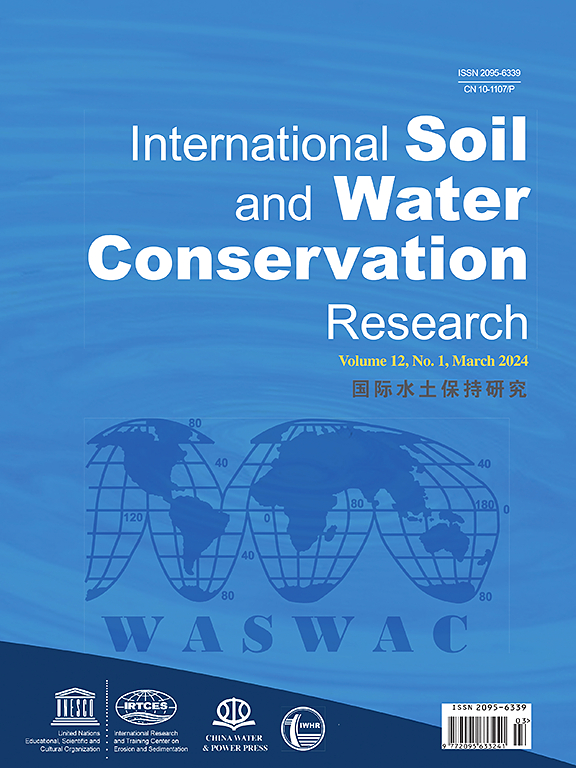Wind erosion from crusted playa surfaces by no saltation and with saltation: A comparison through laboratory wind tunnel experiments
Abstract
Playas are common in many arid regions and recognized as a major source of hypersaline particles. A better understanding of wind erosion on crusted playas has significant implications for land management and pollution control practices. We hypothesized that wind erosion rates of crusted playas were complicated and controlled by the interactions between playa crust and wind-induced saltation conditions. However, comparisons regarding the effects of different playa crusts on wind erosion under no saltation (NS) and with saltation (WS) conditions were lacking. In this study, laboratory wind tunnel experiments were carried out to simulate both NS and WS conditions, to investigate the erosion rates of different crust types (Salt, Takyr, and Puffic crust) at different wind speeds. Results showed that: 1) Salt crust had greater crust strengths than did Takyr crust and Puffic crust; 2) wind erosion rates under the WS condition were up to 60 times greater than those under the NS condition, suggesting that sand bombardment was the dominant mechanism responsible for removal of fine material from crusted playa surfaces; 3) both sand bombardment rate and wind erosion rate of the playa crusts increased with increasing wind speed under the WS conditions; 4) Puffic crust exhibited a greater rate of wind erosion compared to both the Takyr and Salt crusts under the NS condition, yet tended to have a lower rate of wind erosion compared to both the Takyr and Salt crusts under the WS condition. This difference can be attributed to the fact that soft Puffic crusts are pliable and can dissipate the force of impacting grains under the WS conditions. Our results indicated that wind erosion processes on crusted playas are complicated and are affected by wind-induced saltation and crust type, specifically crust strength and elasticity of the surface.

 求助内容:
求助内容: 应助结果提醒方式:
应助结果提醒方式:


